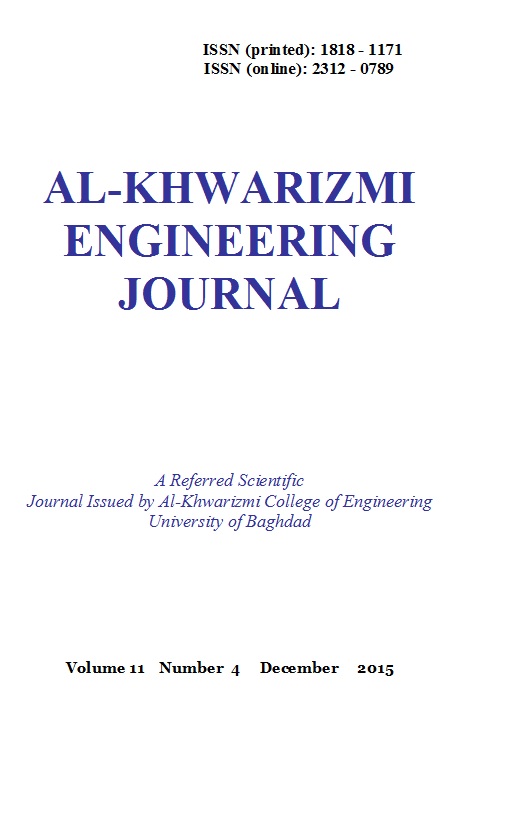The Influence of Design and Technological Parameters on the MAF Process
Keywords:
Design and technological parameters, micro-hardness, surface roughness, material of removal, MINITAB software.Abstract
Abstract
Experimental work from Magnetic Abrasive Finishing (MAF) tests was carried out design parameters (amplitude, and number of cycle which are formed the shape of electromagnetic pole), and technological parameters (current, cutting speed, working gap, and finishing time) all have an influence on the mechanical properties of the surface layer in MAF process. This research has made to study the effect of design and technological parameters on the surface roughness (Ra), micro hardness (Hv) and material removal (MR) in working zone. A set of experimental tests has been planned using response surface methodology according to Taguchi matrix (36) with three levels and six factors.
The analysis of variance and instruction curves indicate some significant. X1; X4; X6 have a significant effect on the surface roughness Ra for steel, X2 has mildly significant, while X3 and X5 have insignificant effect. The results showed that roughness of workpiece decreased from 0.3 to 0.15 µm that means improved the roughness to 100%.
Keywords: Design and technological parameters, micro-hardness, surface roughness, material of removal, MINITAB software.
Downloads
Downloads
Published
Issue
Section
License
Copyright: Open Access authors retain the copyrights of their papers, and all open access articles are distributed under the terms of the Creative Commons Attribution License, which permits unrestricted use, distribution, and reproduction in any medium, provided that the original work is properly cited. The use of general descriptive names, trade names, trademarks, and so forth in this publication, even if not specifically identified, does not imply that these names are not protected by the relevant laws and regulations. While the advice and information in this journal are believed to be true and accurate on the date of its going to press, neither the authors, the editors, nor the publisher can accept any legal responsibility for any errors or omissions that may be made. The publisher makes no warranty, express or implied, with respect to the material contained herein.












